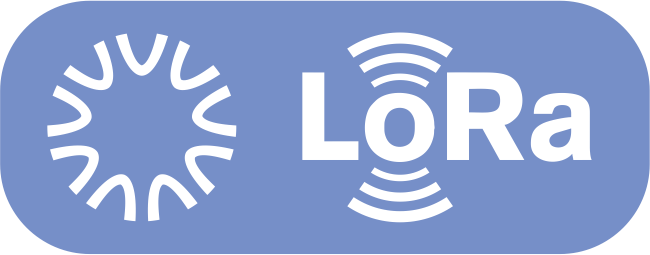What is UBILINK?
UBILINK is a communication protocol for the Internet of Things (IoT) that is independent of radio transport and open for public use. It is designed to achieve forward compatibility through decentralized control adaptability driven by device features. UBILINK prioritizes data security and integrity making it essential for future proof and sophisticated smart home and home security applications.
Why UBILINK?
In contrast to conventional approach, UBILINK defined a streamlined framework for “self described device control profile provisioning”, control capability is acquired by controller from corresponding device at initial pairing process, as such we don’t need to have the controller knows “every device” when it’s manufactured, in this way the controller will never get outdated in its entire service life span, and always adapt to newer and diversified devices available over the time.
Currently, UBILINK operates on two commonly used radio transports:
UBILINK over Lora is implemented partially base on LoraWAN specification and source code from different open sources, UBILINK maintains top notch data encryption and authentication standards, literally all existing “LoraWAN hardware” can be UBILINK over Lora protocol enabled.
UBILINK protocol is developed and provided for royalty free use by UBITECH LIMITED
What is Z-Wave?
The Z-Wave protocol was developed by Zensys, a Danish company based in Copenhagen, in 1999 primarily for residential and commercial building automation. It is a mesh network using low-energy radio waves to communicate from device to device, allowing for wireless control of smart home devices, such as smart lights, security systems, thermostats, sensors, smart door locks, and garage door openers. Since 2018 the Z-Wave brand and technology are owned by Silicon Labs.
Its 100 series chip set was released in 2003, and its 200 series was released in May 2005, with the ZW0201 chip offering high performance at a low cost. Its 500 series chip, also known as Z-Wave Plus, was released in March 2013, with four times the memory, improved wireless range, improved battery life, an enhanced S2 security framework, and the SmartStart setup feature. Its 700 series chip was released in 2019, with the ability to communicate up to 100 meters directly from point-to-point, or 800 meters across an entire Z-Wave network, an extended battery life of up to 10 years, and comes with S2 and SmartStart technology.

It depends on application.
The current WiFi standards are highly suitable for high bandwidth tasks, like streaming videos, making calls, listening to music, and playing games, on a limited number of client devices, such as smartphones, PCs, laptops, and tablets. However, WiFi is not ideal for situations where numerous devices need to communicate ad hoc, requiring low power and excellent signal penetration for longer communication ranges, even in unfavorable conditions. Since WiFi operates on a frequency spectrum that is relatively susceptible to obstruction and absorption by obstacles, it is not suitable for IoT applications. Additionally, supporting high data throughput demands significant power consumption, which is unnecessary for IoT applications.
On the other hand, with advance spread sprectrum and chirp modulation technology which resulted excellent link budget and immunity for interference, LoRa is designed specifically for, and making it ideal for Smart Home applications. However, WiFi development continues at a fast pace, and the newest WiFi 6 standard devices are now available, providing faster speeds, better reliability, and increased client density. This implies that WiFi Smart Home devices could begin to compete with technologies such as LoRa and Z-Wave, but upgrading your WiFi infrastructure is necessary to achieve these enhancements.







